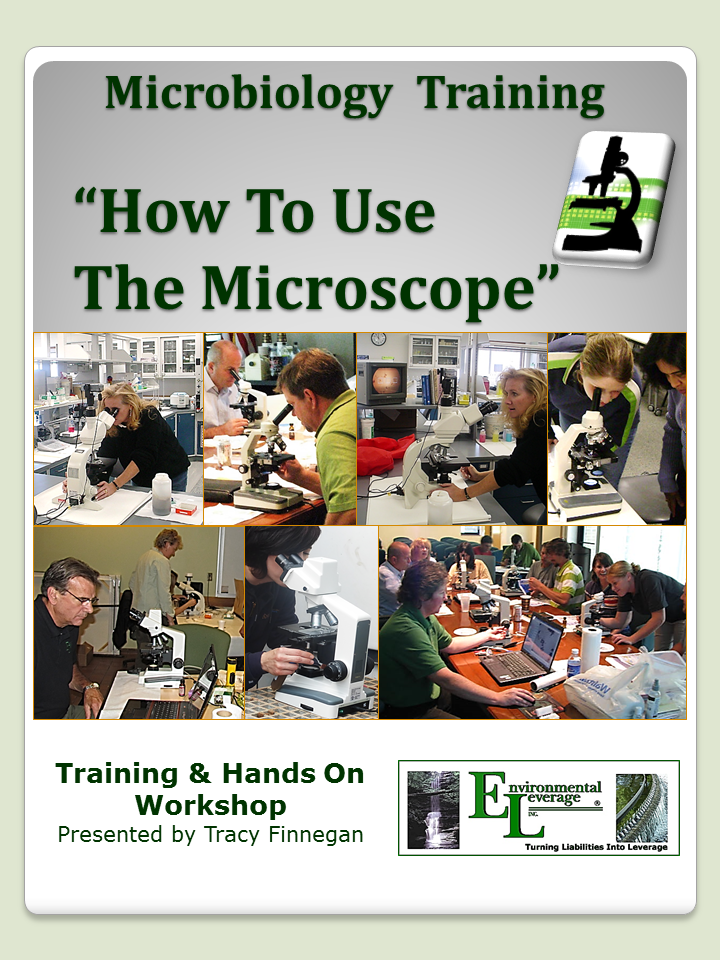A wastewater treatment plant is basically a bug factory.
You are growing bacteria to clean the water.
90% of all the work that goes on in the 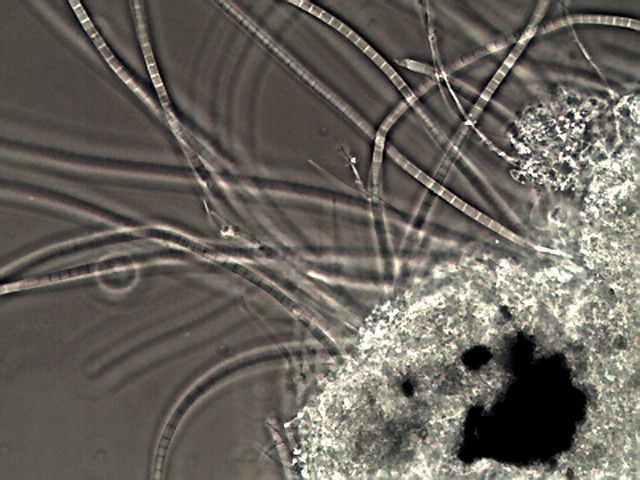 secondary portion - i.e. the biological stage is the growth of a biomass to degrade organics and remove pollution. The bacteria are really what you want to look at. The higher life forms are nice, they indicate the age and health of the biomass, but the bacteria are the actual workhorses of the wastewater treatment system.
secondary portion - i.e. the biological stage is the growth of a biomass to degrade organics and remove pollution. The bacteria are really what you want to look at. The higher life forms are nice, they indicate the age and health of the biomass, but the bacteria are the actual workhorses of the wastewater treatment system.
In this section, we will look at the basics of the typical bacteria found in your wastewater treatment plant.
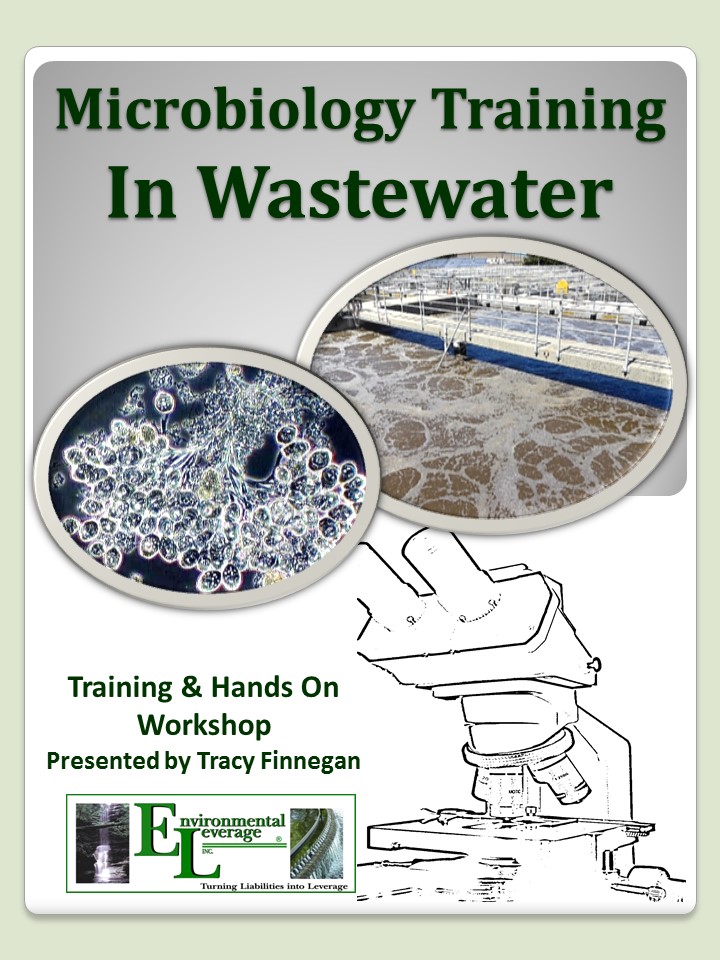
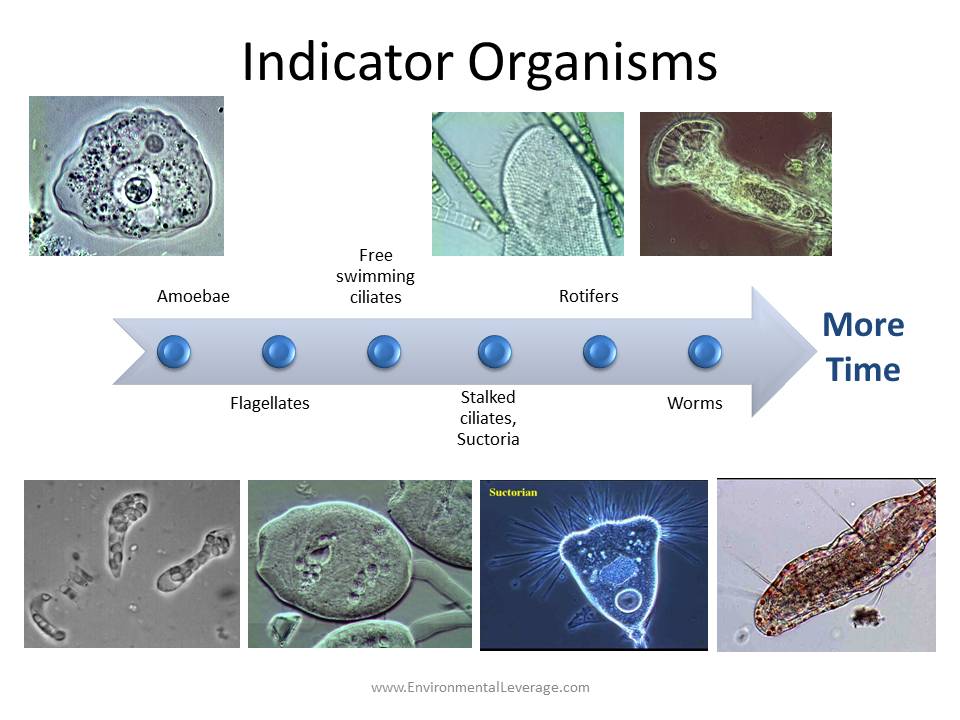 If you have a biological wastewater treatment facility, you are running a "Bug Factory”.
If you have a biological wastewater treatment facility, you are running a "Bug Factory”.
Do you have good bugs or bad bugs? Based on the condition of the plant, certain types of condition will promote different microbiology. Change the environmental conditions and you change the quality of the bacteria in your system.
Learning how to interpret what type of bacteria you have in your system, and how to correlate that to lab testing and plant operations is key to running a smooth system.
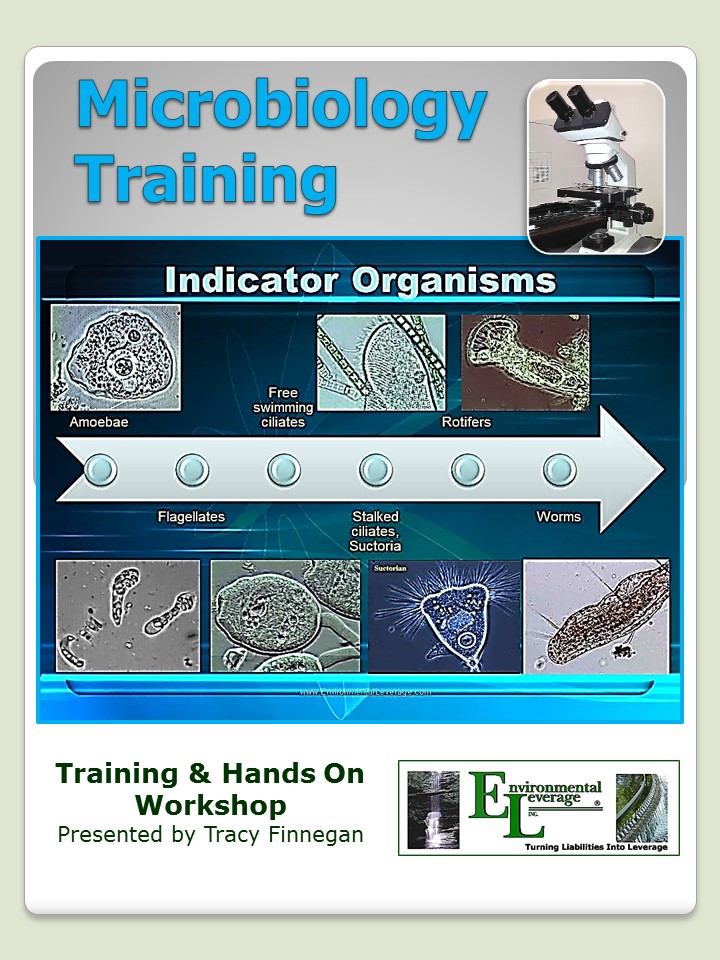
In this section we will focus on Troubleshooting A Biological Wastewater Treatment Plant
Some of the Considerations we will look at include:
Influent Problems (Quantity /Quality)
Operational Problems
Physical Plant Deficiencies
Environmental Problems

Video Link
Using the microscope to troubleshoot your wastewater treatment plant is the most important thing you can do. The microscope is the most powerful tool to tell you what is going on with your MLSS. What is your sludge age, do you have filaments or nice golden floc? What process changes should you make for the optimum results at your wastewater treatment plant? This microscopic wastewater training module will walk you through steps necessary to use the Microscope.
